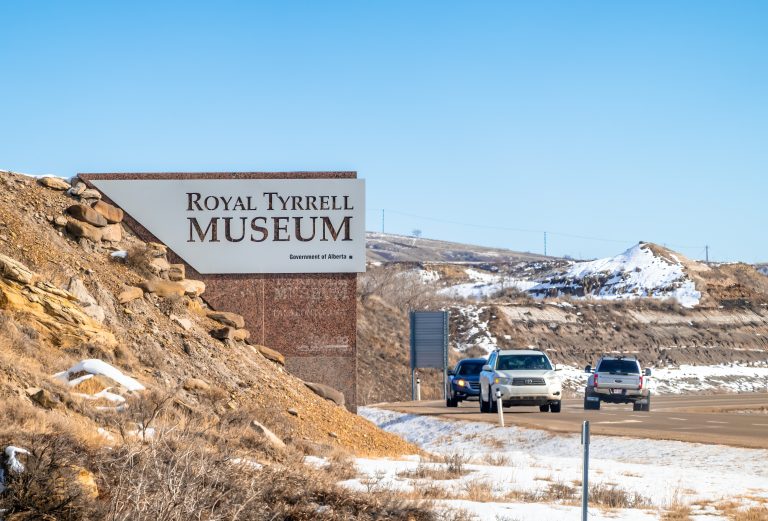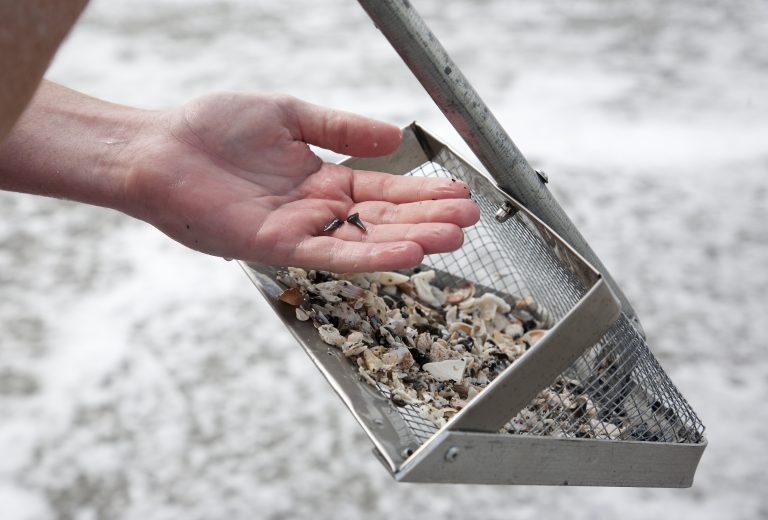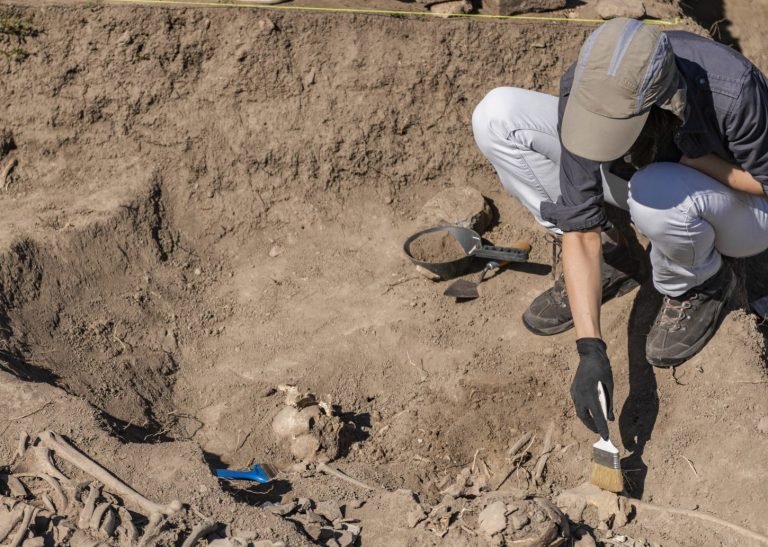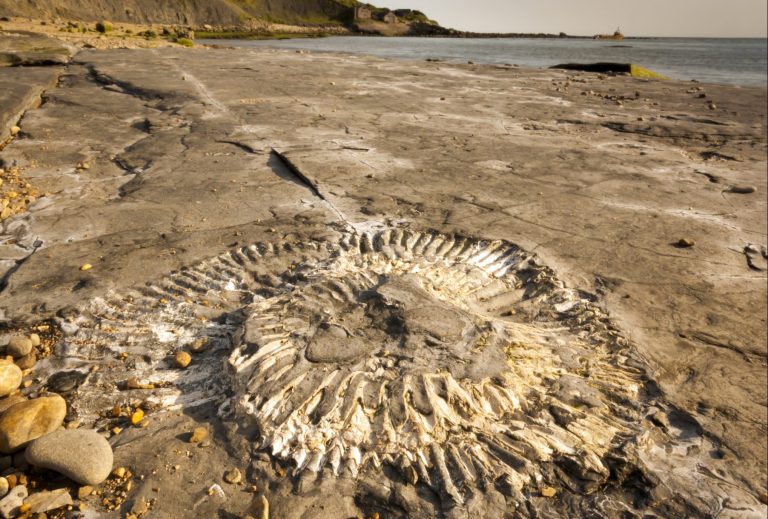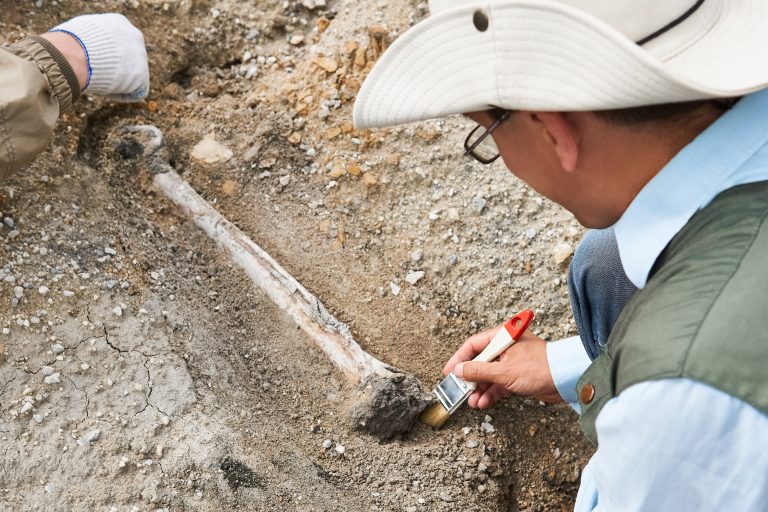10 Essential Travel Insurance Tips for Fossil Tours
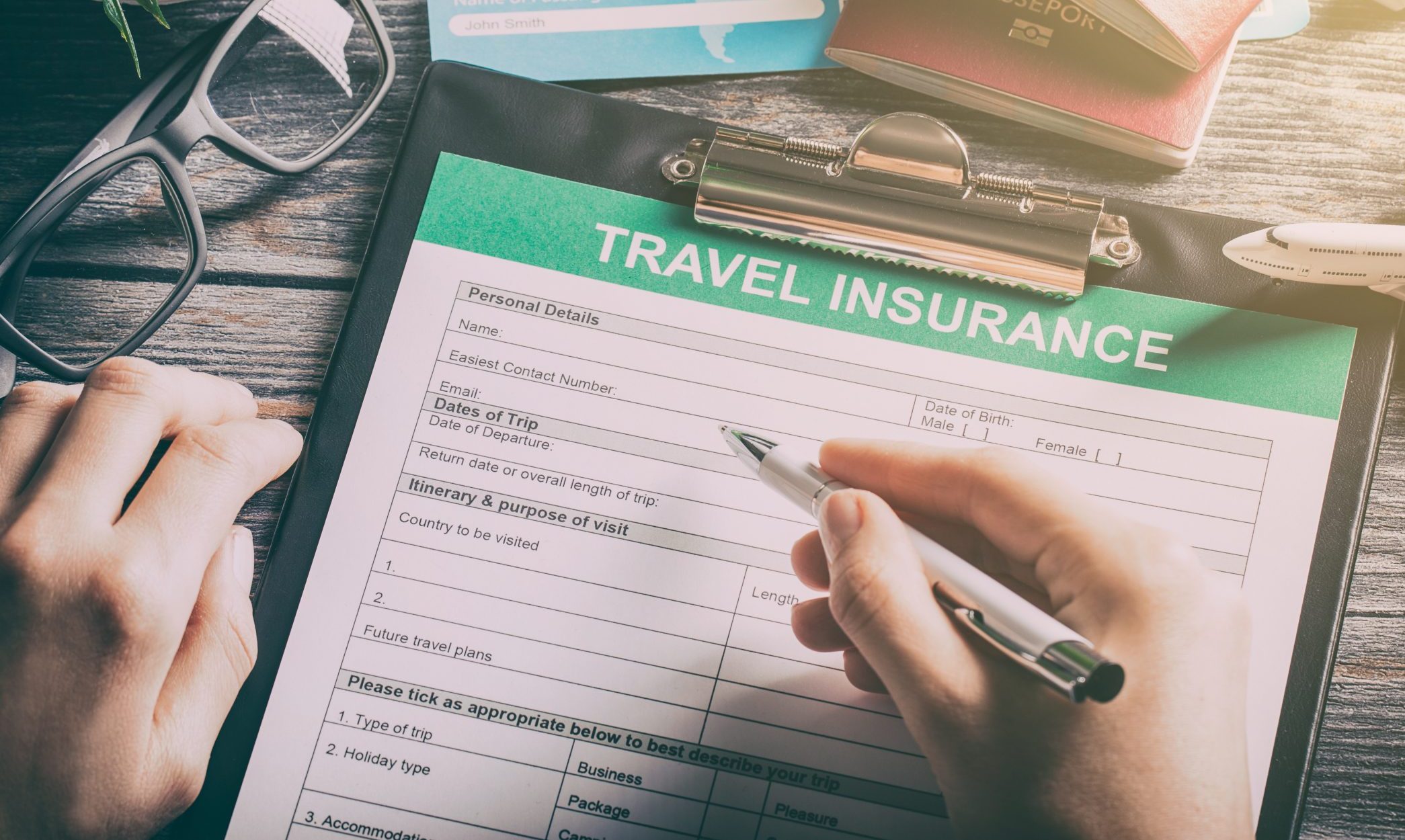
Embarking on a fossil tour is like stepping into a time machine, each discovery a snapshot of an ancient world. But before you start chiseling away at history, let’s dig into some travel insurance tips that’ll keep your adventure worry-free.
1. Assess Coverage Needs
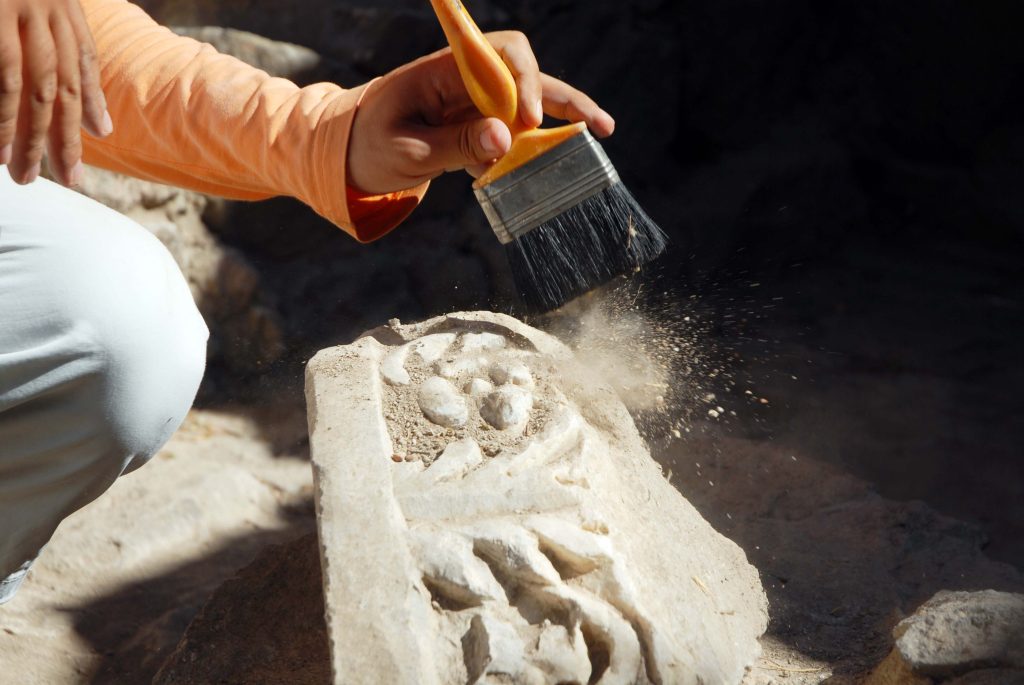
When planning a fossil tour, your insurance should be as tailored as a paleontologist’s toolkit. Consider the nature of your trip—remote locations might necessitate higher coverage limits for emergencies.
Ask yourself, “What would Ross Geller do?” He’d probably want coverage for equipment loss and fieldwork injuries. Also, check if your policy covers unique activities like off-road travel or climbing, which are often part of fossil expeditions.
2. Understand Policy Limits
Insurance policies can be as complex as the stratigraphy of a dig site. Be sure to understand the maximum amount your policy will pay for each type of covered loss. This includes per-incident limits (like a broken leg) and aggregate limits (the total payout over the policy’s lifetime).
Hey hey! Don’t forget to subscribe to get our best content 🙂
Think of it as your financial fossil layer—each layer representing a different aspect of coverage.
3. Check Medical Provisions

Out in the field, the closest thing to a hospital might be your first aid kit. Ensure your policy provides adequate medical coverage, including evacuation if you’re digging in remote areas. Look for policies that cover pre-existing conditions (just in case that old knee injury flares up while you’re chasing a fossil).
4. Identify Exclusion Clauses
Every policy has its ‘no-go’ zones, much like a closed-off dig site. Exclusion clauses can include specific activities (like spelunking into caves) or circumstances (like civil unrest). Make sure these don’t overlap with your planned activities; otherwise, you might be left exposed, like a fossil without a sedimentary rock to protect it.
5. Opt for Adventure Coverage
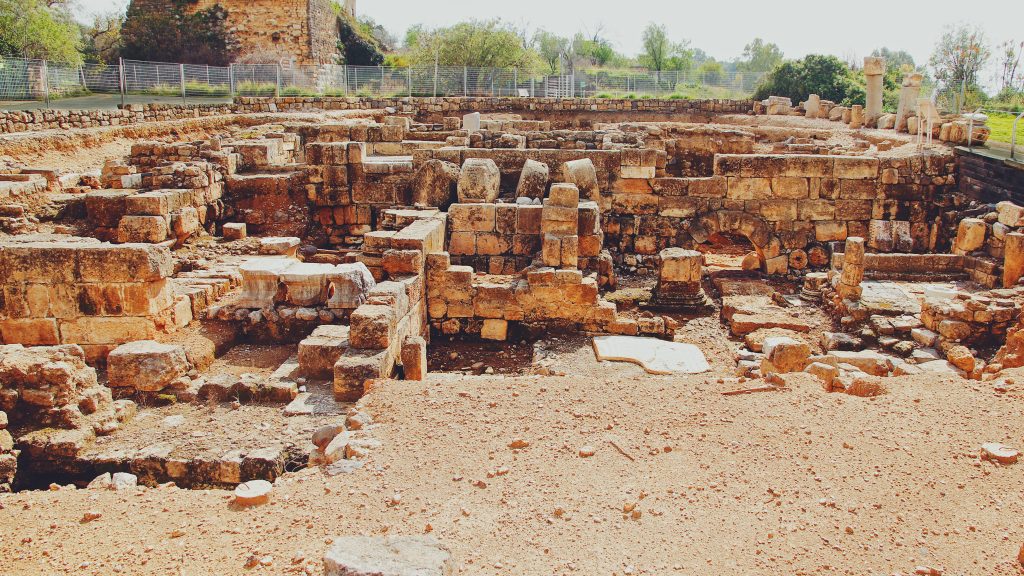
Fossil hunting is not your average walk in the park—it’s an adventure! Standard policies might not cover the thrill of unearthing ancient bones. Opt for adventure or sports coverage to ensure your escapades among the relics are fully protected.
6. Review Evacuation Options
If you find yourself in a sticky situation (and I’m not talking about tar pits), you’ll want a clear evacuation plan. Check if your policy includes air ambulance services and repatriation. The goal is to get you out of a bind faster than a Velociraptor in pursuit.
7. Secure Personal Belongings
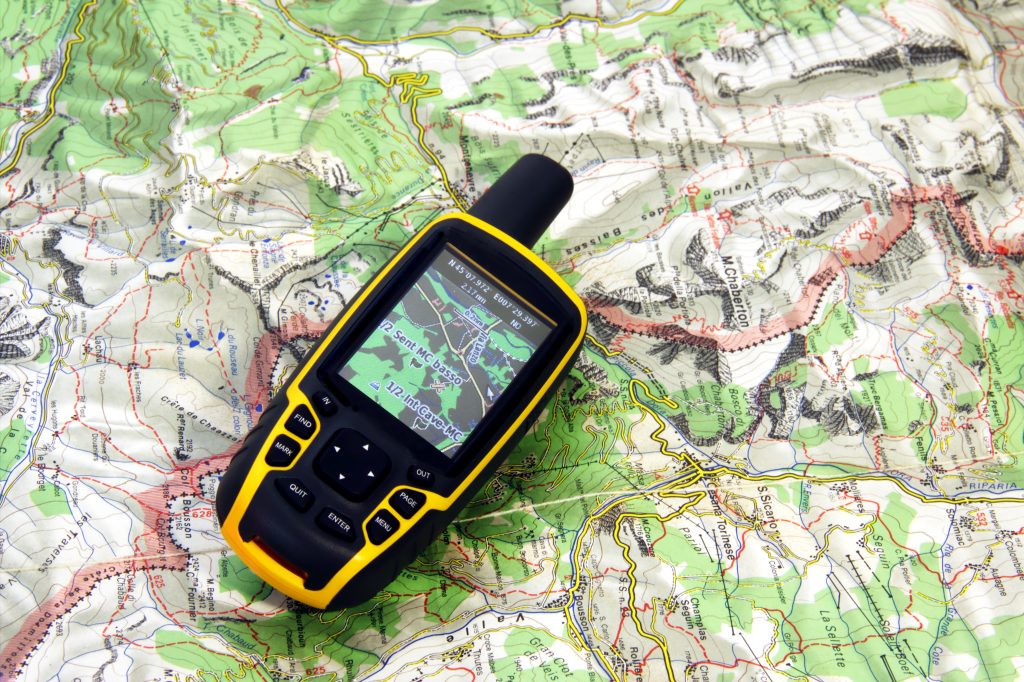
Your gear is your lifeline—it’s what separates you from just playing in the dirt. Make sure your insurance covers personal belongings, from your trusty rock hammer to your high-tech GPS. After all, losing your equipment in the field would be as disastrous as a meteorite strike for the dinosaurs.
8. Consider Trip Cancellation
Sometimes life throws you a curveball, like a fossil buried in the wrong stratum. If an unexpected event forces you to cancel your trip, you’ll want insurance that can cover non-refundable costs. Look for a policy with trip cancellation benefits so you’re not out of pocket if plans go extinct.
9. Read Customer Reviews

A good policy should have a track record as solid as petrified wood. Read customer reviews to gauge how insurers handle claims and customer service. It’s like consulting the fossil record—it gives you an insight into the past performance of a company.
10. Compare Insurance Quotes
Just as you wouldn’t excavate with just any old tool, don’t settle for the first insurance quote you find. Compare prices and coverage details across multiple insurers. Think of it as your comparative anatomy study but for insurance.
With these tips, you’re ready to embark on a prehistoric adventure with peace of mind. Remember, the right insurance is the bedrock of any successful fossil tour, ensuring your trip remains a treasure trove of memories, not mishaps.

